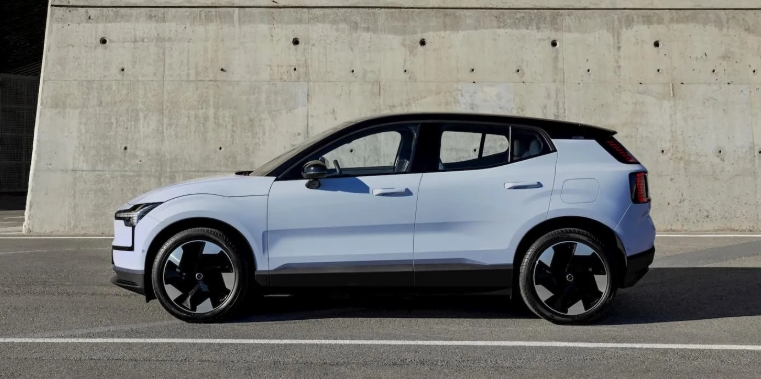
The restructuring, primarily set to take effect in 2026, includes SEK 3 billion in variable cost reductions, SEK 5 billion in efficiencies for indirect spending, and SEK 10 billion in cash flow improvements through reduced working capital and capital expenditures in the current year and 2026. Volvo Cars CEO Håkan Samuelsson addressed the challenges: “The automotive industry is in the middle of a very difficult period with challenges not seen before.” He added: “With turbulence in the market, we need to further improve our cash flow generation and lower our costs.”
The company is focusing on three key areas: profitability, electrification, and regionalization. Electrified vehicles accounted for 43% of Volvo’s sales in the first quarter, reinforcing its leadership in the premium segment. To counter tariff impacts, particularly in the U.S., Volvo is refining its strategy. The company recently established a new Americas region, encompassing the U.S., Canada, and Latin America, to optimize its global operations. In the U.S., Volvo aims to enhance its product lineup and increase production at its Charleston, South Carolina, facility.
Volvo began producing the EX30 electric vehicle at its Ghent, Belgium, plant earlier this month, with plans to scale up deliveries in the second half of 2025. However, as the EX30 is imported to the U.S., it faces tariff-related costs. The EX90, manufactured in Charleston, also incurs tariff impacts due to reliance on European-sourced components. Last month, Volvo unveiled the ES90, its second electric vehicle built on the Volvo Cars Superset Tech Stack and its sixth fully electric model, following the EX90, EM90, EX40, EC40, and EX30.
In China, Volvo is adapting to market shifts by introducing its first extended-range plug-in hybrid electric vehicle (PHEV), set to launch later this year. The company remains committed to its goal of becoming a fully electric car manufacturer. Despite a softer global market, nearly 20% of Volvo’s first-quarter vehicle sales were fully electric, underscoring its progress in electrification.
Volvo’s restructuring plan reflects a strategic response to economic pressures and market dynamics. By prioritizing cost efficiencies, regional operational improvements, and a robust electric vehicle portfolio, the company aims to sustain its growth trajectory and navigate external challenges effectively.